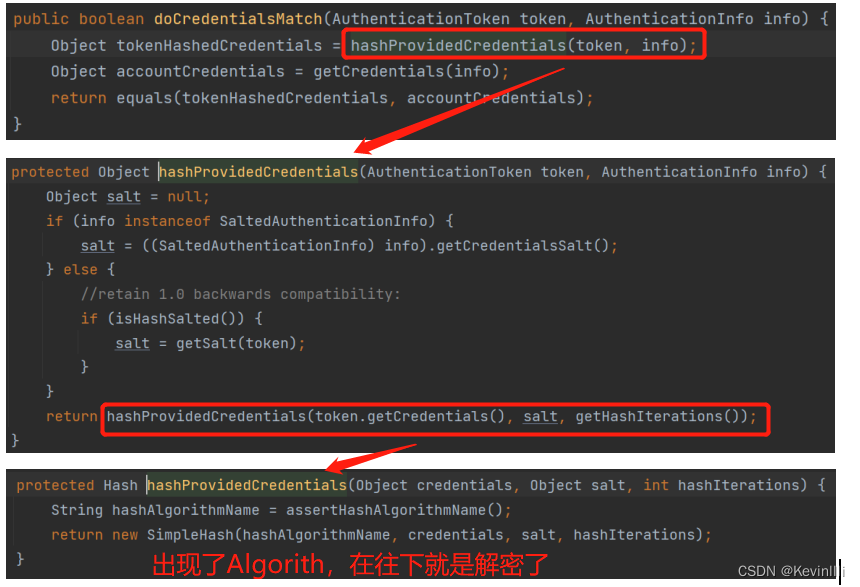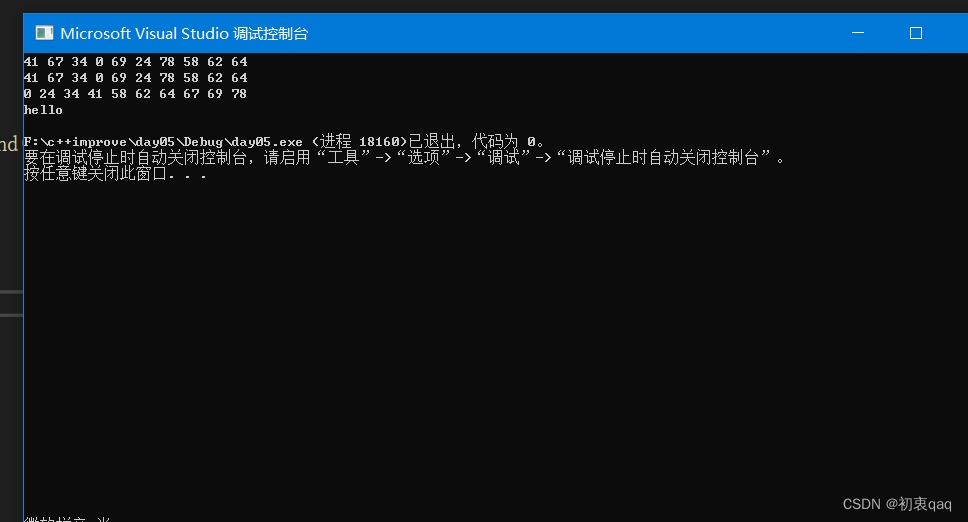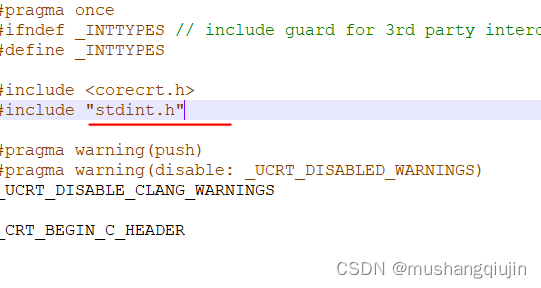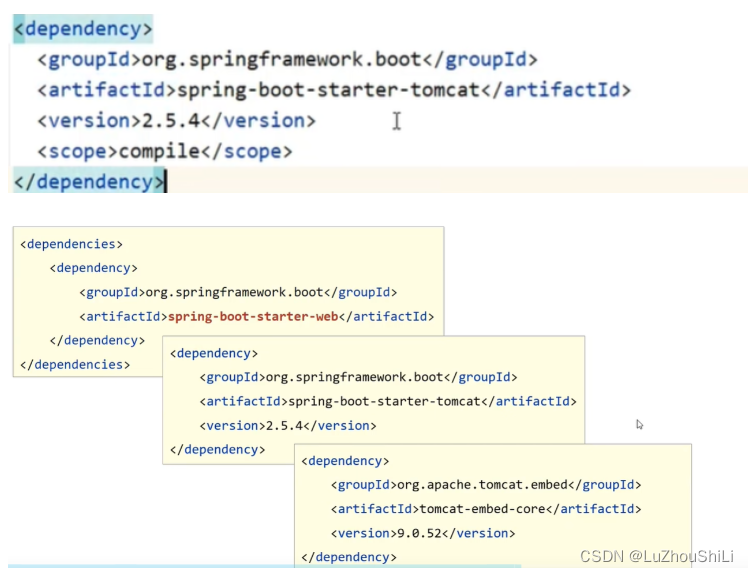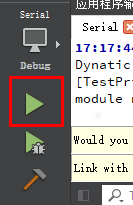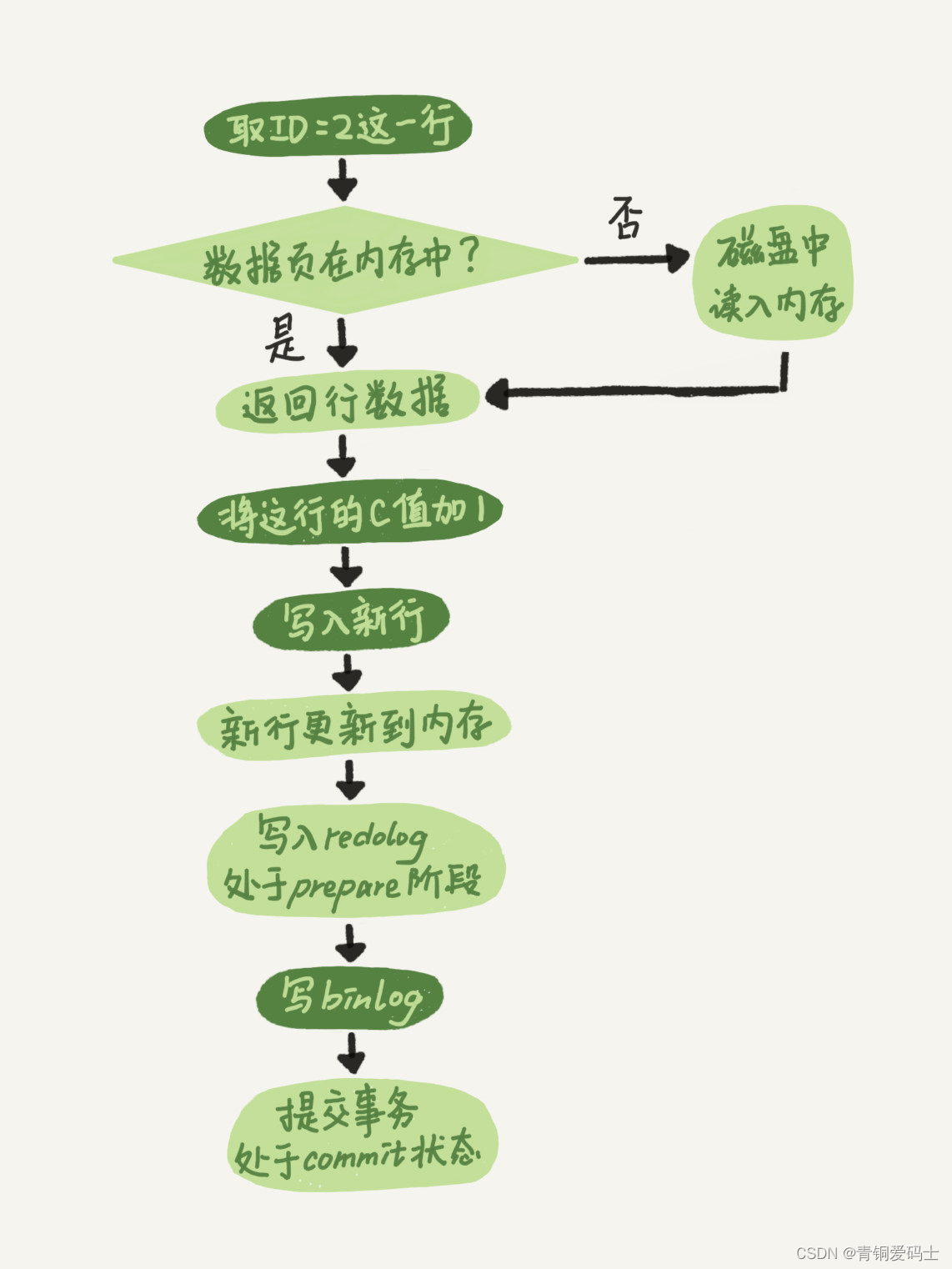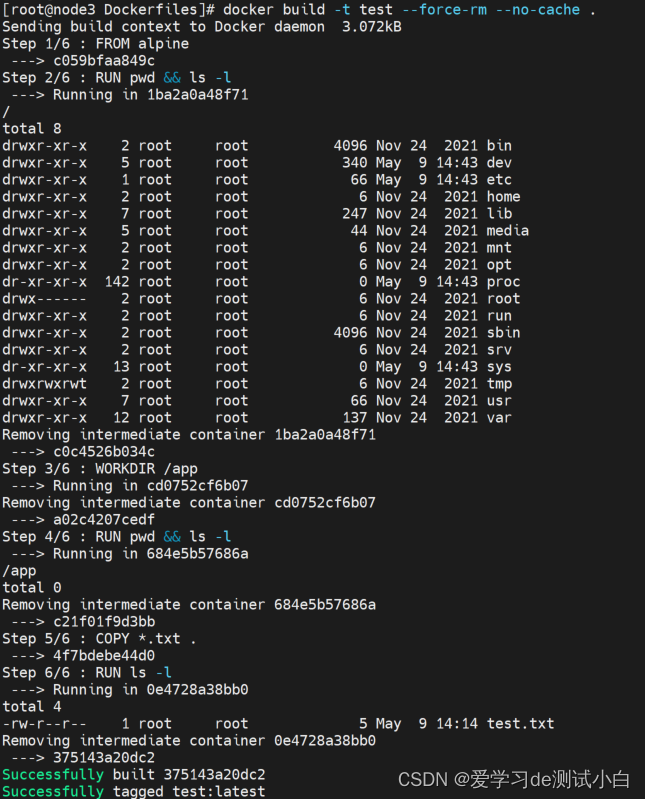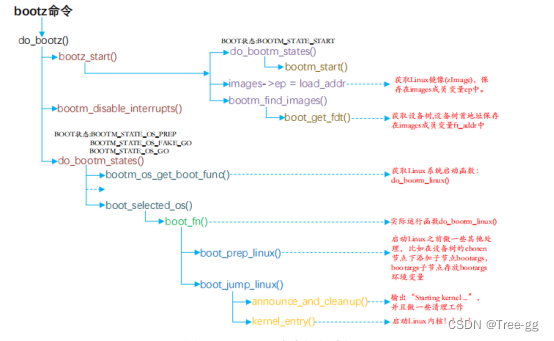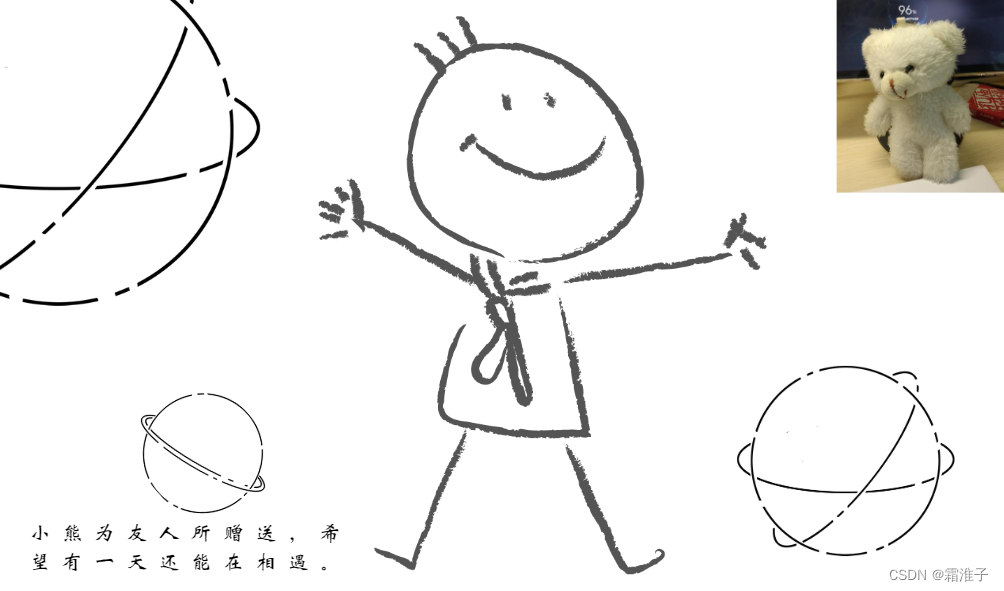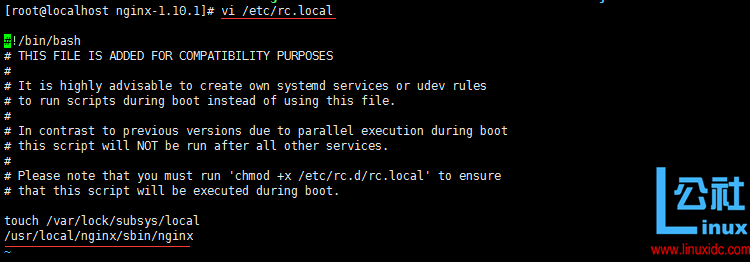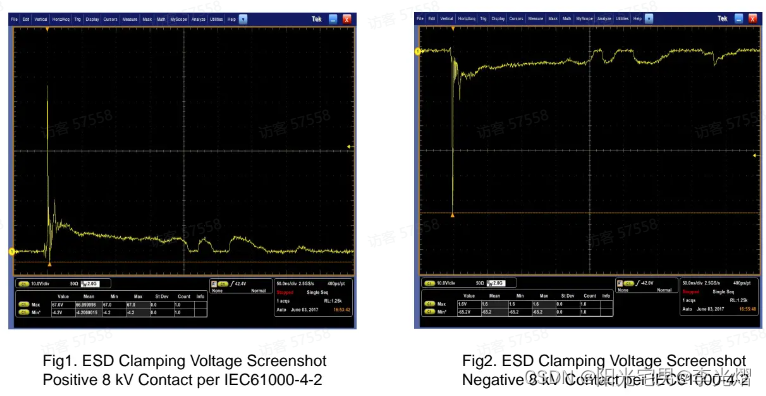SAP CAP篇一:快速创建一个Service,基于Java的实现
SAP CAP篇二:为Service加上数据库支持
文章目录
- 理解CAP的Model
- Domain-Driven Design
- KISS
- Basic Types
- Common Reuse Type
- `cuid`
- `managed`
- `temporal`
- Country, Currency, Language
- `codeList`
- Assocation & Composition
- 0..1的关联关系
- 0..N的关联关系
- M..N的关联关系
- Composition
理解CAP的Model
继续额外的开发之前,需要了解下SAP CAP的Model的理念。
SAP CAP的Model,是通过SAP CDS来实现的。关于SAP CDS的具体内容,参阅官方文档。本文只是试图提炼其中比较基础及比较关键的几个部分。
总的说来,SAP CAP中Model的核心理念为包括以下几部分。
Domain-Driven Design
所谓的Domain-Driven Design 的缩写为DDD。通常认为DDD的概念起源于2004年Eric Evans的书籍《领域驱动设计》。其中,第一个D表示Domain,直译为领域,表达的其实是业务为先的理念。譬如,财务领域的凭证,需要保证所有行项目的金额总和为0,即“有借必有贷,借贷必相等”的领域需求。所以在建模(model)的时候,需要考虑反映Domain的业务概念。

至于别的DDD的概念,譬如:Service, Module,等,参阅DDD相关的书籍或文档。

KISS
KISS是“Keep it simple, stupid!”的缩写,是另外一个SAP CAP遵循的Design原则。针对此原则,SAP CAP强调了下述关键项:
clean = don’t pollute them with technical details。建模时尽量避免加入太多技术细节。
concise = be on point, use short names, simple flat models, etc. 模型应该简洁明了,避免长名称。
comprehensible = domain modeling is a means to an end; your clients and consumers are the ones who have to understand and work with your models the most, much more than you as their creator. Keep that in mind and understand the tasks of domain modeling as a service to others. 模型关键是便于使用者理解。
Basic Types
SAP CDS的基础类型:
Built-in Type
Common Reuse Type
SAP CDS提供了许多可重用的对象,包括Type, Aspect等等。详情请参阅官方文档。
这里,仅罗列下常用的有:
- cuid
- managed
- temporal
- Country, Currency, Language
- codeList
cuid
cuid用来定义用UUID作为key的Entity,并且该key的名称为ID。
entity TestObject: cuid {
...
}
等同于,
entity TestObject {
key ID : UUID;
}
managed
managed跟cuid类似,也是提供了一些非常常用的定义:创建者信息,创建时间戳,最后修改者信息,最后修改时间戳。
entity TestObject: managed {
...
}
等同于:
entity TestObject {
createdAt : Timestamp @cds.on.insert : $now;
createdBy : User @cds.on.insert : $user;
modifiedAt : Timestamp @cds.on.insert : $now @cds.on.update : $now;
modifiedBy : User @cds.on.insert : $user @cds.on.update : $user;
}
temporal
temporal其实就是为Entity添加Valid From和Valid To两个字段。
参见temporal的实现:
aspect temporal {
validFrom : Timestamp @cds.valid.from;
validTo : Timestamp @cds.valid.to;
}
Country, Currency, Language
作为这个星球上最成功ERP软件厂商,SAP不可能不考虑到一些常用的属性:Country, Currency, 和Language信息。
定义引用:
using { Country, Currency, Language } from '@sap/cds/common';
codeList
codeList是一个常用的表示的name/description名称值的aspect。
aspect sap.common.CodeList {
name : localized String(111);
descr : localized String(1111);
}
其中,localized可以用来定义支持多语言的项。这种支持是从SAP CDS语言深层次来支持的,包括从HTTP Request读出对应locale信息,以及使用该信息从数据库中读取合适的记录。关于Localized可以参考官方文档,点击链接。
using { Currency } from '@sap/cds/common';
entity TestObject: cuid, CodeList {
key ID : UUID;
amount : Decimal;
currency : Currency;
}
如果通过cds deploy到数据库来看,会生成两张数据库表:

同时会生成一张Text的表来支持多语言(locale就是对应Localization的Key):

Assocation & Composition
所谓的Assocaiton跟Composition,就是Entity之间的关联关系。
0…1的关联关系
譬如,EntityA跟EntityB的0…1的关联关系,定义如下。
entity EntityA {
rel : Association to EntityB;
}
entity EntityB: cuid {
...
}
数据库中,列rel并不存在,而是类似于rel_ID——这里取决于EntityB的key名称。
0…N的关联关系
同上例,
entity EntityA: cuid {
rel : Association to many EntityB
on rel.relation = $self;
}
entity EntityB: cuid {
relation : Association to EntityA; //> the backlink
}
同上,数据库中的foreign key的列,名称由关联Entity的key决定。
M…N的关联关系
继续,创建M…N的关联关系:
entity EntityA: cuid {
rel : Association to many EntityABBridge
on rel.relA = $self;
}
entity EntityABBridge {
key relA : Association to EntityA;
key relB : Association to EntityB;
}
Composition
其实Composition就是一种类型的0..N的关联关系,但它是双向的。
entity EntityA: cuid {
Items : Composition of many EntityA.Items on Items.parent = $self;
}
entity EntityA.Items: cuid {
key parent : Association to EntityA;
...
}




